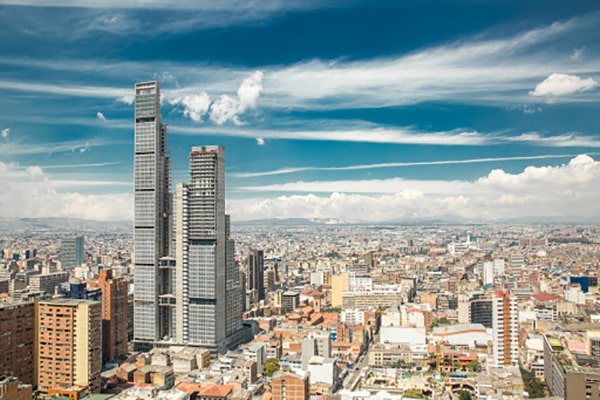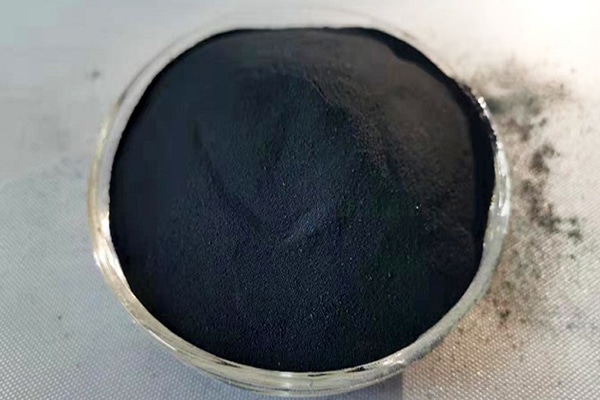中东建筑以其历史丰富性和现代美学的独特融合而闻名, often characterized by light-colored exteriors that reflect the region’s intense sunlight. One material that is increasingly gaining prominence in constructing these buildings is silica fume. This blog post delves into the benefits, 应用程序, and practical considerations of using silica fume in light-colored buildings in the Middle East.
Benefits of Using Silica Fume in Construction
Silica fume offers numerous benefits in construction. It improves the durability and strength of concrete, aids in achieving high performance and 高强混凝土, and reduces the permeability of concrete to chloride ions, thus enhancing its resistance against corrosion.
Why Silica Fume for Light-Colored Buildings?
The use of silica fume in the construction of light-colored buildings in the Middle East is not arbitrary. Several factors make silica fume an excellent choice for this specific purpose.
Aesthetic Compatibility
首先, 硅粉在美学上与这些建筑物所需的浅色方案相容. 它通常呈浅灰色至灰白色, 可以与浅色建筑的首选调色板无缝融合. 这对于保持建筑的美学完整性至关重要, 这是中东文化和身份的核心方面.
卓越的技术性能
超越美学, 微硅粉还提供卓越的技术性能. 添加到混凝土中时, silica fume fills the spaces between cement particles, increasing the density of the material and consequently its strength and durability. This is especially useful in the Middle East, where buildings must withstand harsh climatic conditions including extreme heat and occasional sandstorms.
Improved Reflection of Sunlight
Light-colored buildings in the Middle East are designed to reflect the intense sunlight, reducing the amount of heat they absorb. This is a strategic approach to manage the region’s hot climate, as it can significantly lower the energy required for cooling the buildings. 微硅粉, given its light color, contributes to this reflective property of the buildings. It can enhance the solar reflectance index (SRI) of the building’s exterior, which is a measure of a surface’s ability to reflect solar heat.
Consistency in Color Over Time
Another major advantage of silica fume is its ability to retain color over time. Unlike some other materials, 微硅粉在强烈的中东阳光下不易变色或褪色. 这确保了建筑物保持其浅色, 以及相关的好处, 更长时间, 从长远来看,使其成为具有成本效益的选择.
硅粉对环境的影响
作为硅和硅铁工业的副产品, 在建筑中使用硅粉有助于减少废物, thus offering an environmentally friendly option. 此外, its contribution to energy-efficient buildings further enhances its green credentials.
Incorporating Silica Fume in Concrete Mix Design
Silica fume can be added to concrete in its raw form or as a slurry. Regardless of the form, it’s important to ensure a homogeneous mix for consistent performance. Learn more detailed guidelines on the optimal incorporation of silica fume in concrete mix design. Visit this blog:
Case : Silica Fume in Middle Eastern Architecture
To demonstrate the practical application and benefits of silica fume in light-colored buildings in the Middle East, this section will explore 2 案例. These real-world examples will illustrate how silica fume has been used effectively in various projects across the region.
Case Study 1: The Burj Khalifa, Dubai
The Burj Khalifa, the world’s tallest building, is an iconic example of modern Middle Eastern architecture that has incorporated silica fume in its construction. The use of silica fume was critical to achieving the high-performance concrete necessary for this skyscraper. The concrete mix, containing silica fume, exhibited enhanced compressive strength and significantly reduced permeability, critical factors in constructing a building of this height and ensuring its long-term durability.
尤其, the Burj Khalifa’s exterior is cladded in reflective glazing with aluminum and textured stainless steel spandrel panels, preserving the aesthetic of a light-colored building. Behind this facade, the structural concrete, enhanced with silica fume, provides the strength and resilience necessary for this architectural marvel.

Case Study 2: The King Abdullah University of Science and Technology (KAUST), 沙特阿拉伯
Another notable example is the King Abdullah University of Science and Technology (KAUST) in Saudi Arabia. This project involved the construction of numerous light-colored buildings designed to reflect the intense Saudi sunlight, reduce heat absorption, and minimize the need for artificial cooling.
Silica fume was incorporated into the concrete mix used in these buildings. Its light color contributed to the overall aesthetic, while its technical benefits resulted in strong, durable structures. The use of silica fume also aided in achieving the project’s sustainability goals, as the energy efficiency contributed by the light-colored, silica fume-enhanced concrete was a key factor in the university campus achieving its LEED certification.
These case studies illustrate the versatility and effectiveness of silica fume in light-colored buildings in the Middle East, showcasing its contribution to both aesthetic and functional aspects. The Burj Khalifa and KAUST are testament to the critical role of silica fume in constructing durable, energy-efficient, and visually appealing light-colored buildings in the region.
结论
微硅粉, with its array of benefits and compatibility with light-colored building design, presents a compelling option for the construction industry in the Middle East. As we continue to explore and innovate with this versatile material, we can look forward to stronger, 更耐用, and more energy-efficient buildings that beautifully reflect the unique charm of Middle Eastern architecture.





